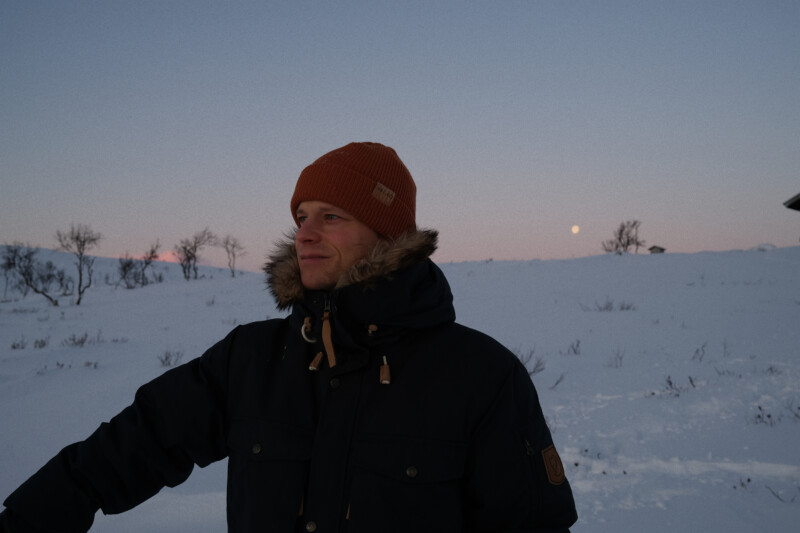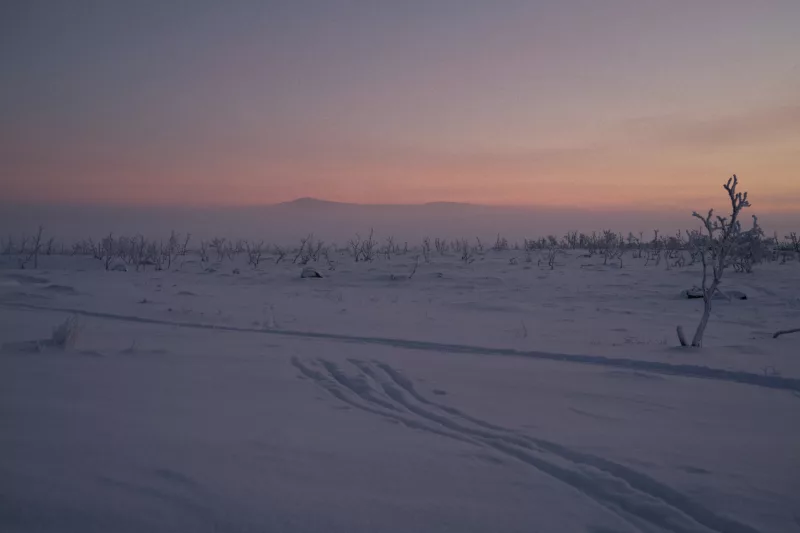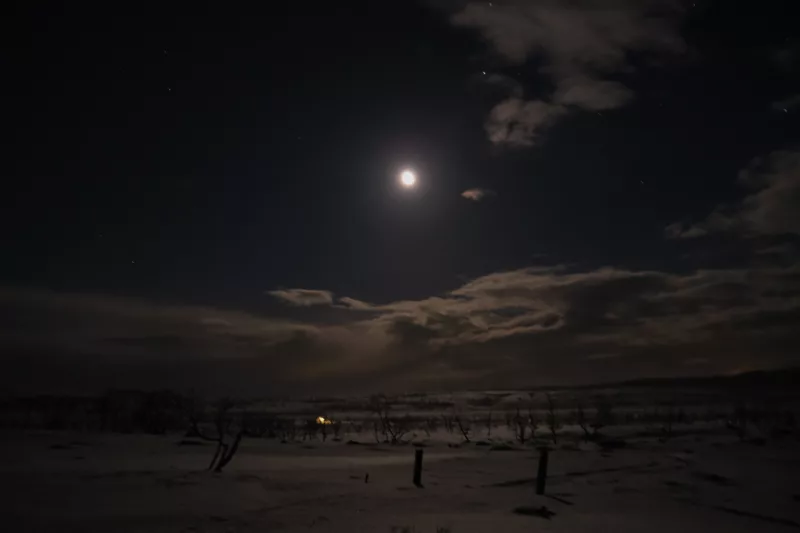
Is the Future Too Bright? – The Impact of Light Pollution
As our company name suggests, we love the winter’s polar night – and, of course, the summer’s midnight sun. We enjoy watching a sky full of stars. We value the natural rhythm of light and darkness. Yet, light pollution disrupts the life cycles of humans and countless other organisms. Is it time to start conserving the darkness?
I often watch the massive, illuminated video screen on the local sports arena as it paints the city’s night sky. It flickers and shines brightly, scattering light in all directions, serving no real purpose.
This is a prime example of light pollution – an excess of artificial light. Light pollution harms human health, obscures our view of the starry night, wastes energy, and is a significant driver of biodiversity loss.
Over millions of years, tectonic plates have shifted, and the climate has changed, but “from the perspective of entire ecosystems, the alternation of light and dark has been the most stable constant,” writes Swedish biologist Johan Eklöf in his book The Darkness Manifesto.
Humans, animals, and plants all rely on the rhythm of light and darkness, on the regular alternation of rest and activity, to thrive.
Eklöf provides countless examples of what happens when this rhythm is disrupted: Trees shed their leaves too late, buds burst too early, insects exhaust themselves circling artificial lights, corals reproduce at the wrong times, and humans suffer from hormonal imbalances, insomnia, and illnesses. Newly hatched turtles crawl toward city lights instead of the sea.
“Artificial light isn’t just one of humanity’s greatest inventions; it can also, without a doubt, harm all life. In an instant, it can override instincts honed over 200 million years.”

Fear of The Dark
I fear the dark. I feel uneasy in a shadowy forest but safe in a brightly lit city. Yet, upon reflection, it’s likely far safer to be in a dark forest surrounded by owls than to spend a weekend night in a busy city center.
Paradoxically, we might need to override one of our own instincts to prevent drowning the world in light pollution. Humans fear darkness, but for many other creatures, darkness is a refuge – a shield from predators or an opportunity to find a mate or food. Most mammals are active at twilight, and about half the world’s insects are nocturnal. By disrupting their life rhythms, we also disrupt our own.
The beams of new, ultra-bright LED streetlights may illuminate our paths but plunge the surrounding environment into pitch blackness. Our eyes don’t adapt to the urban settings because our retinal rod cells aren’t given time to activate. This might lead us to believe more lights are needed when, in reality, reducing and dimming the lights would allow us to see better in low-light conditions.
Natural darkness is rarely pitch black – the moon, stars, and the Milky Way provide light even in the depths of winter’s polar night.
These days, you’re more likely to see stars on the Walk of Fame than in the night sky of a city.

Eliminating Light Pollution
The good news? Unlike air pollution, we could eliminate light pollution relatively easily. In many cases, it’s as simple as flipping a switch: turning off unnecessary lights, dimming them, limiting illuminated advertisements, using shields, directing lights properly, and installing smart lighting, timers, and motion sensors.
You can also incorporate more darkness into your daily life to maintain a natural rhythm: Bright blue light signals a new day, soft red light signals the approach of sleep, and darkness ensures deep, restorative rest. And put your phone down.
Remember – the last one out of the office should turn off the lights. Let there be darkness!
Main photo: The blue moment is a light phenomenon visible at dawn and dusk, especially in winter, as sunlight scatters indirectly through the atmosphere. November 21, 11:30 AM in Nuorgam, Utsjoki, Finland.
Text and photos: Miika Peltola, Communications Manager. Article originally published in Rohee magazine.
Polar Night
The polar night is an annual phenomenon during which the sun does not rise above the horizon. It occurs within the polar circles and at higher latitudes. The closer you get to the poles, the earlier the polar night begins and the longer it lasts.
Far up north in Utsjoki, Finland, the polar night began on November 24 and ended when the sun rose above the horizon for the first time on January 17. In total, the polar night lasted about two months. Utsjoki is located roughly 1,000 kilometers north of Tampere, Finland, where Polar Night Energy’s office is based.